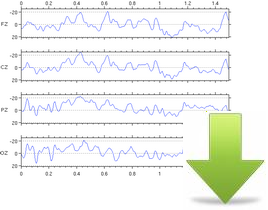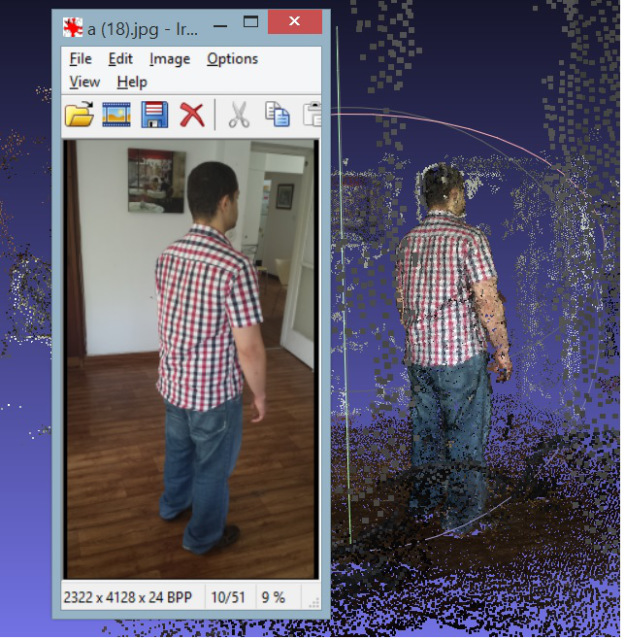January 08, 2018 by: Isabelle Z. (Natural News) We live in a society that is obsessed with oversharing. While it’s becoming increasingly difficult to tune out the trivial bits of people’s lives that we don’t care about, we can still choose not to sign up for social media accounts to preserve our own privacy. We can […]
EEG data analysis Video
Downloadable EEG data

I was hunting for such databases for a while while preparing my project. Here is what I collected.
View original post 300 more words
The structure, function, and connectivity of the brain changes considerably as we age1–4. Recent advances in MRI physics and neuroimaging have led to the development of new techniques which allow researchers to map quantitative parameters sensitive to key histological brain factors such as iron and myelination5–7. These quantitative techniques reveal the microstructure of the brain […]
EEG Data Processing and Classification with g.BSanalyze Under MATLAB
Strongly recommended to read it
controlling robot using EEG signals
here is the last project I did during my studying.
I’ve used Neurosky EEG recording to control the Mbot robot. the detail is available in the poster I prepared for it.
feal free to ask about its details via mehran.sahandi@gmail.com
An Easy and Practical Guide to 3D Reconstruction
I recently came across a simple and easy package that can be used to create 3D reconstruction of objects. I wanted to share it and give an easy and practical explanation on how one can create visually appealing 3D models by running a few simple commands, no coding needed. I must emphasize that for keeping it simple, this post will not focus on theory as did the last few posts on binary descriptors, but instead will give an easy and practical guide to 3D reconstruction. Just to give you a taste of what can be done with the package, here’s an example of a 3D reconstruction I made (yes, that me in there):
Here you can see an original image vs. a screenshot of the 3D model:
View original post 763 more words
Pinpointing the brain’s arbitrator: Reliability weighed before brain centers given control
amanimal called my attention to this fascinating article, which has a bearing on yesterday’s and many other posts I’ve made about brain processing.
We tend to be creatures of habit. In fact, the human brain has a learning system that is devoted to guiding us through routine, or habitual, behaviors. At the same time, the brain has a separate goal-directed system for the actions we undertake only after careful consideration of the consequences. We switch between the two systems as needed. But how does the brain know which system to give control to at any given moment? Enter The Arbitrator.
Researchers at the California Institute of Technology (Caltech) have, for the first time, pinpointed areas of the brain — the inferior lateral prefrontal cortex and frontopolar cortex — that seem to serve as this “arbitrator” between the two decision-making systems, weighing the reliability of the predictions each makes and then…
View original post 34 more words
FAST METHOD
Here is the web page for this method full of useful informations.
Tutorial on Binary Descriptors – part 1
Why Binary Descriptors?
Following the previous post on descriptors, we’re now familiar with histogram of gradients (HOG) based patch descriptors. SIFT[1], SURF[2] and GLOH[3] have been around since 1999 and been used successfully in various applications, including image alignment, 3D reconstruction and object recognition. On the practicle side, OpenCV includes implementations of SIFT and SURF and Matlab packages are also available (check vlfeat for SIFT and extractFeatures in Matlab computer vision toolbox for SURF).
 BRISK descriptor – sampling pairs
BRISK descriptor – sampling pairs
So, if there no question about SIFT and SURF performance, why not use them in every application?
View original post 893 more words




